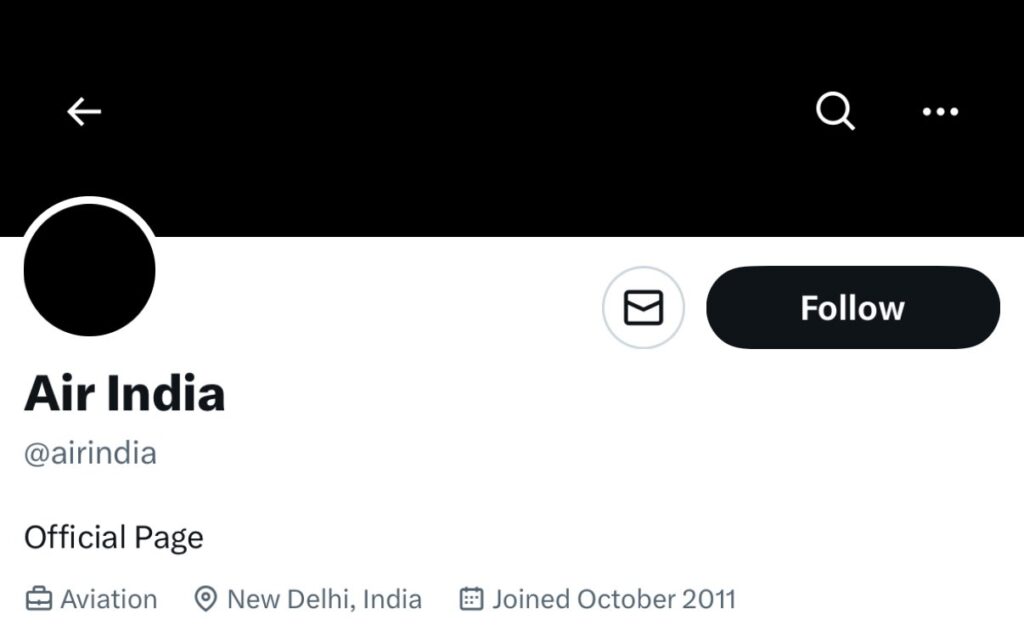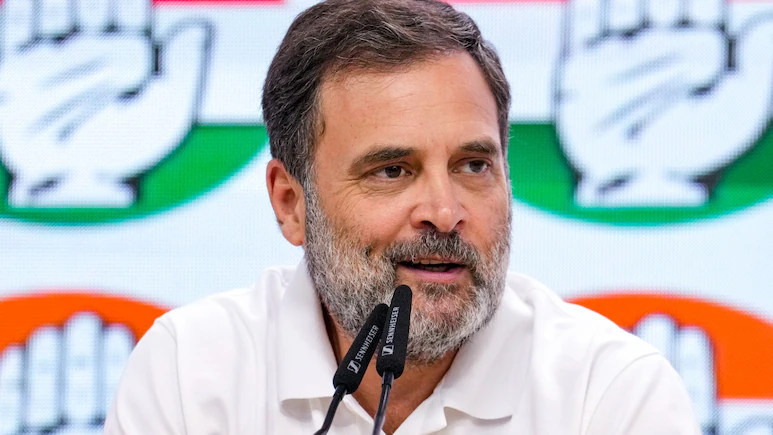Why Air India’s Social Media Strategy After the Crash Is Drawing Severe Public Criticism
In the aftermath of the Air India Flight AI-171 crash, which left India and the world in shock, Air India’s official social media handles suddenly went dark—literally. The profile photos turned black, timelines filled with somber silence, and the tone shifted to what seemed like a corporate mourning ritual. But instead of earning sympathy, this move backfired.
The public is furious. Survivors, families of passengers, and even frequent flyers are calling it a “PR stunt” and a “nautanki”, a drama that adds insult to injury. As investigations begin into what caused the Air India Boeing 787 crash near Ahmedabad, the airline’s decision to focus on visual messaging rather than transparent communication or support for affected families is being labelled tone-deaf and emotionally disconnected.
Air India’s crisis response is disheartening and beyond shameful.
— Aditya Tiwari (@aprilislush) June 12, 2025
Families are grieving. Lives have been lost.
And their big gesture? Changing the profile picture to black.
This isn’t mourning - it’s PR theatre. We deserve better. #planecrash #AirIndiaCrash @airindia @MoCA_GoI pic.twitter.com/rzGgROKYfx
Air India Changes Profile Picture After Flight With 242 On Board Crashes. #planecrash pic.twitter.com/TlXOpjcOxR
— Telangana Beats (@TelanganaBeats) June 12, 2025
According to several first-hand accounts shared online, some passengers had reported strange conditions on the aircraft even before the crash. One traveler said they had flown the same aircraft hours earlier and noticed odd vibrations and internal damage. Another claimed the plane interior was broken and neglected, adding fuel to the fire that Air India’s fleet maintenance has long been subpar, yet tolerated under the excuse of “budget travel.”
Public Backlash Over Air India’s Response Strategy After the AI-171 Crash
Rather than offering heartfelt apologies, transparent updates, or direct support to those affected, Air India’s move to black out their profile pictures has triggered intense backlash. Critics argue that this action is not a sign of mourning—but a carefully orchestrated social media strategy devised in boardrooms and PR agencies with no real connection to the pain of passengers.
Several online voices, including those who’ve flown Air India recently, pointed out that going “dark” does nothing for grieving families. A widely shared sentiment is: “If I lost someone in that crash, seeing your black DP isn’t going to make me feel better. It’s not empathy. It’s branding.”
Worse, this gesture is being viewed as a distraction from real accountability. People are demanding proper aircraft inspections, updates on the ongoing DGCA and AAIB investigations, and a long-overdue revamp of Air India’s deteriorating in-flight standards. Dirty cabins, broken seats, malfunctioning screens—these aren’t isolated complaints. They’ve become the Air India experience.
As one critic put it bluntly: “Your aircrafts are failing, your prices aren’t cheap anymore, and now you want to show sorrow with filters and hashtags?” What people really want is justice, not visuals.
Until now, no official statement from Air India has addressed these accusations directly. The only formal communication has been templated condolences and reminders that “investigations are ongoing.” This silence—paired with graphic changes—has only made the airline appear more corporate than human, more distant than compassionate.





















